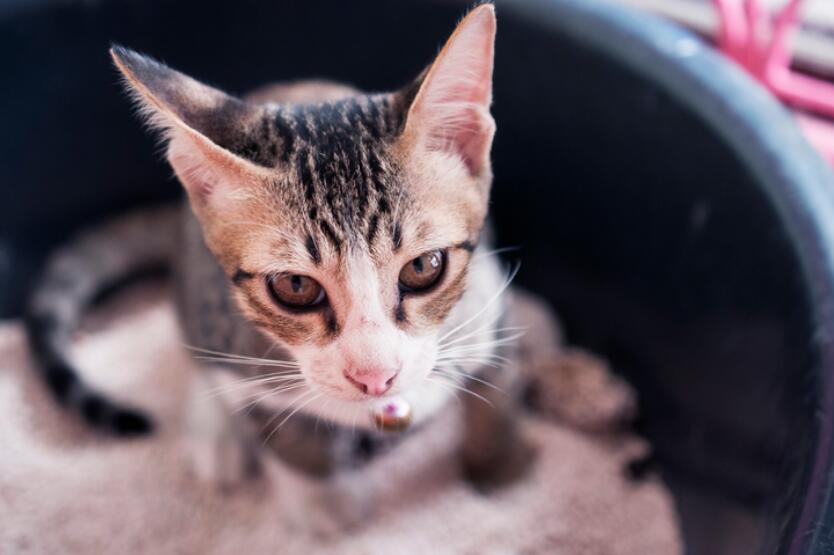 Cleaning your cat’s litter box is not anyone’s favorite thing to do. It’s a tedious and cumbersome task – even more so if your cat is unruly. But it’s also vital to the health and well-being of your family, both yours and yours.
Cleaning your cat’s litter box is not anyone’s favorite thing to do. It’s a tedious and cumbersome task – even more so if your cat is unruly. But it’s also vital to the health and well-being of your family, both yours and yours.
As long as you share your life with your cat, you won’t be able to get rid of the responsibility of the litter box. However, there are tips and tricks you can use to make this thankless job more efficient.
The following tips can make your cat more interested in the litter box. If she likes her litter, she has less incentive to poop elsewhere – which means less time spent cleaning and more time showing her affection.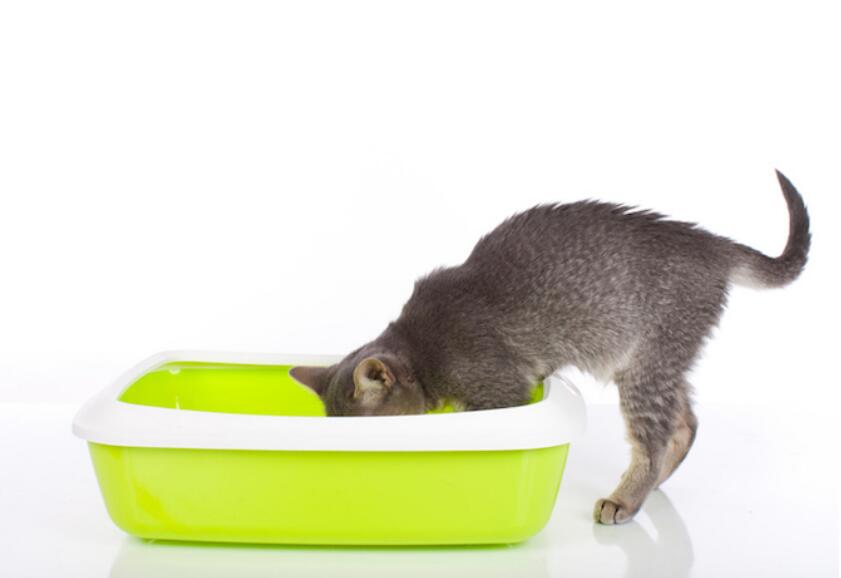 Uncover.
Uncover.
“Cleaning up cat poop should be relatively painless, especially if you have an uncovered litter box.” .
If you cover the box for convenience or appearance, you may just be creating more work for yourself. Lund says a covered box creates an “out of sight, out of mind” attitude, and feces can build up quickly. “Some cats are particularly picky about their litter boxes, and if the feces builds up, those cats can find other places to do business outside the litter box.”
“Most cats prefer an uncovered box because it provides good visibility if there are other cats nearby.” . If you do need to use a lid, it’s recommended to use a clear one “so they can tell if they’re going to be ambushed.”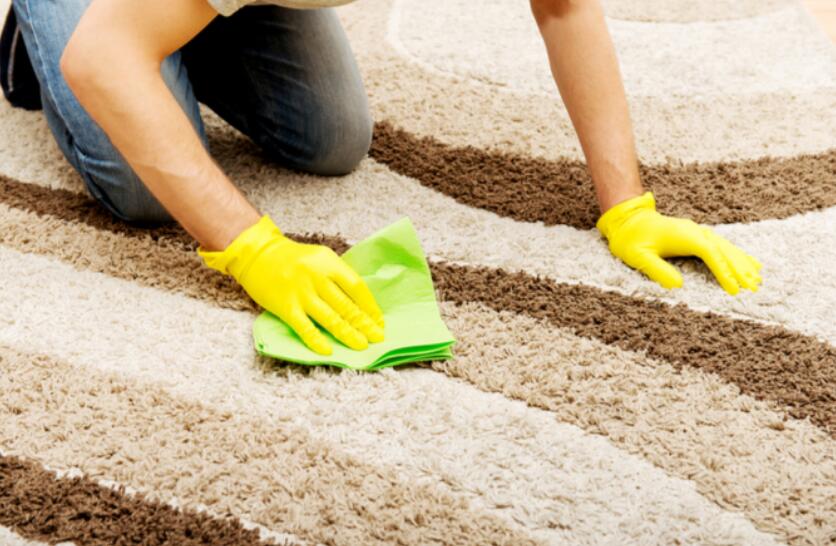 Use the right tools
Use the right tools
The tools you use to clean up your cat’s feces outside the box will depend on the condition of the feces. “Well-formed feces can be picked up with toilet paper. I prefer it over paper towels because you can feel what you’re grabbing so you don’t press the poop into the carpet.”
For soft poop, she suggests using a small, thin spatula or even a putty knife to lift as much feces as possible. “Once you’ve got most of the soft litter, use a stain remover and deodorizer specifically designed for cat urine and feces.” . “Each product is a little different, so be sure to follow the manufacturer’s specific instructions.”
Choose an enzyme-based cleaner that is non-toxic and breaks down stains to eliminate odors naturally. “Not removing the odor may encourage the cat to continue toileting in the same area.” .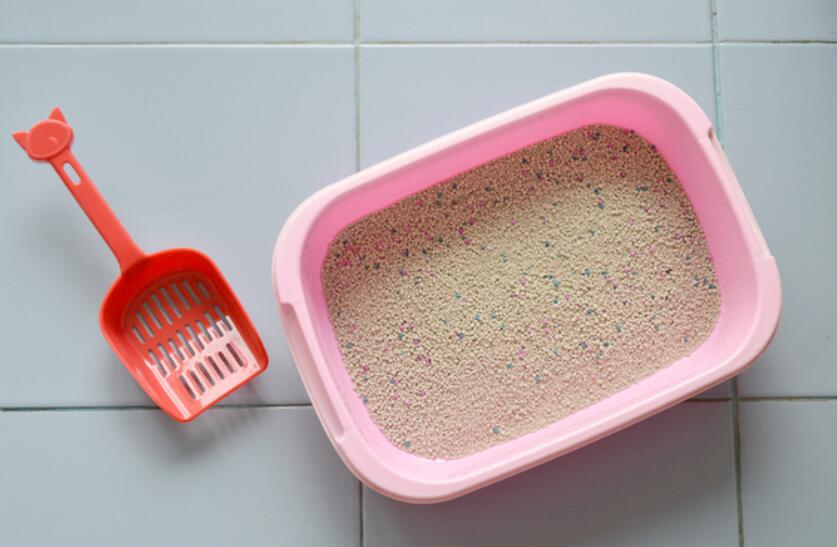 on schedule
on schedule
Most cats poop two or more times a day. Therefore, “the box needs to be lifted at least daily, the litter should be changed, and the box should be washed once a week.”
This task is easier if you get the dumpster up on a schedule. “In other words, sc pick up the box at the same time every day. Make it a habit. The bucket should be automatic, which is an operation you perform routinely, such as brushing your teeth.”
Your routine should include removing the feces completely from the home. “Don’t keep it in a container that can only be discarded every few days.” “Cats have a very keen sense of smell and will smell it even if you can’t.” Reminder: experts recommend not flushing waste off the toilet.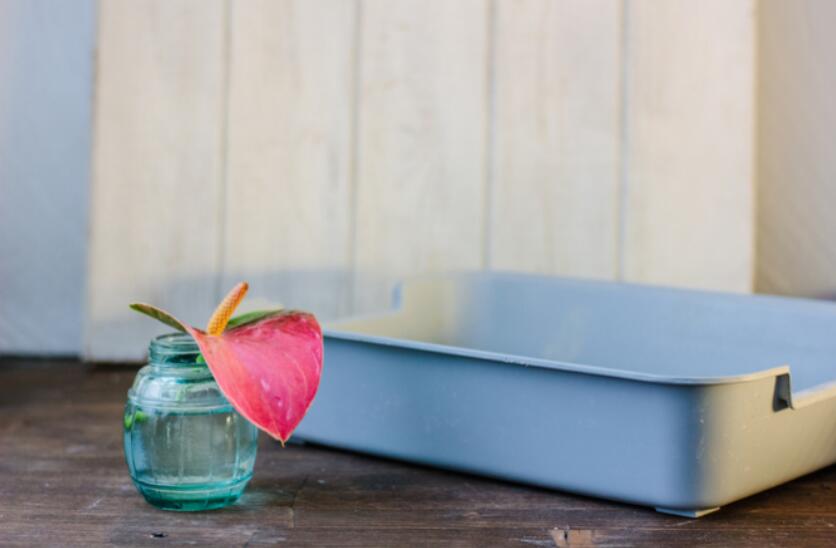 Use the right type of box
Use the right type of box
Cats are desert animals. “Therefore, the litter box should replicate a desert-a spacious open space, free of odors and with fine particles.”
Ideally, it should be half and half the length of the cat from the nose to the base of the tail. You also don’t have to spend a lot of money on a complicated setup. “Many of the boxes found in stores are too small so people can use storage containers.”
The box should also be easily accessible. “If there is a large cat that has trouble getting in and out of the box box, cut off one side to allow access. Make sure the cut edges are smooth.”
If you like the idea of an automatic litter box, consider the cat’s needs first. “It’s powered by an electric motor, so if the cat is spooked by the noise, it might not be a good idea.” “It might scare the box and move on to something else.” This will frustrate your goal of reducing clutter.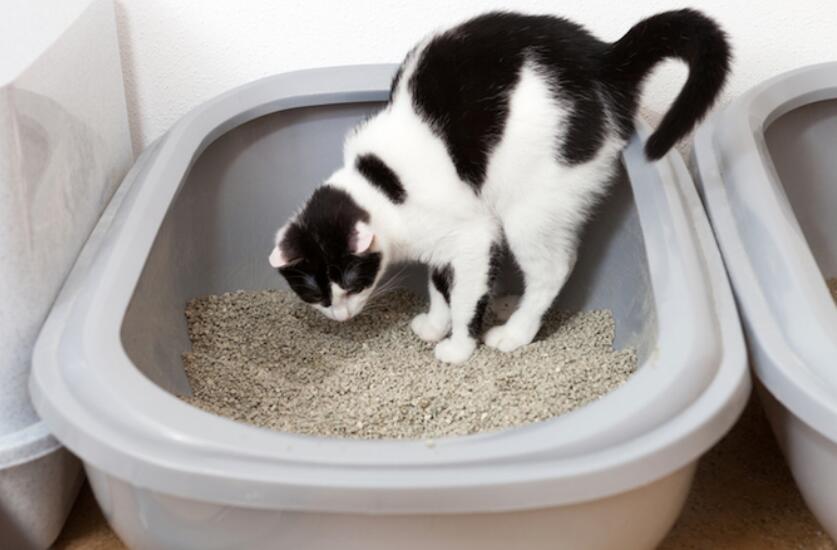 Have the ideal setup and location
Have the ideal setup and location
One litter box per cat, plus one more is standard. Many cats do not like to defecate or urinate in a box used by another cat. Some cats even become fussy and will not defecate in the box for urination, preferring to have one defecation box and one urination box.”
Location is just as important as the number of boxes you provide. “Many people will have four litter boxes, but they are all placed next to each other in the garage. They need to make it easy for the cat to get in and out of them and be in a quiet area where the cat is unlikely to be spooked.”
Most cats prefer to keep their boxes in convenient locations, but in areas with limited access and away from large (loud) appliances. “Utility rooms, dark basements and other out-of-the-way spaces are tricky because they’re often uncomfortable and owners are more likely to forget to store the box there.”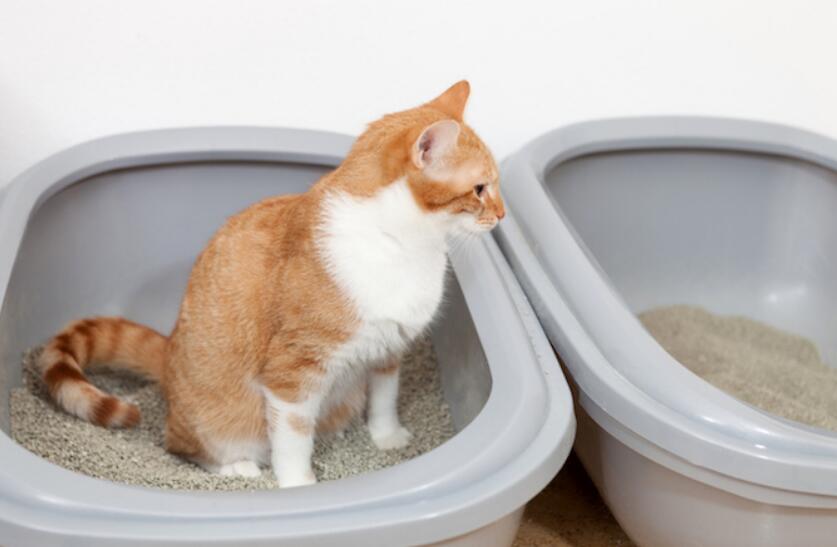 Choosing the right type of cat litter
Choosing the right type of cat litter
Cats are picky about their litter, preferring it to be soft, odorless and clumping. “Most people want to avoid litter that smells like citrus or pine, or feels like rocks,”
Depth and trash texture are also important considerations. Wheeler says a good signal to indicate that both are being done correctly. “It starts out at about two to three inches deep for adults and about one-half to one inch deep for kittens.”
Consistency is also key, she says. “Cats don’t like change, so make sure you’re using the same litter-unless they’re not using the litter box, you’ll want to experiment with litter types.”
A clean litter box that your cat enjoys using is good for her health and well-being, and can ultimately reduce your cleanup time.

